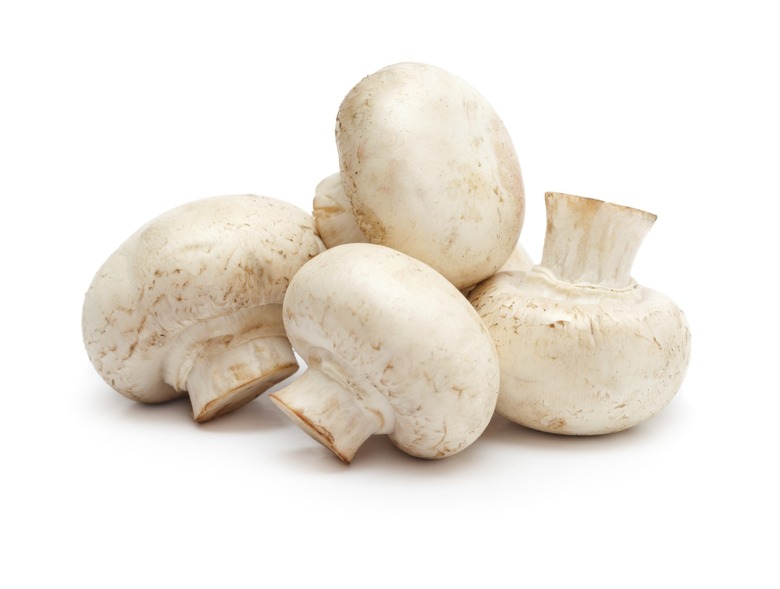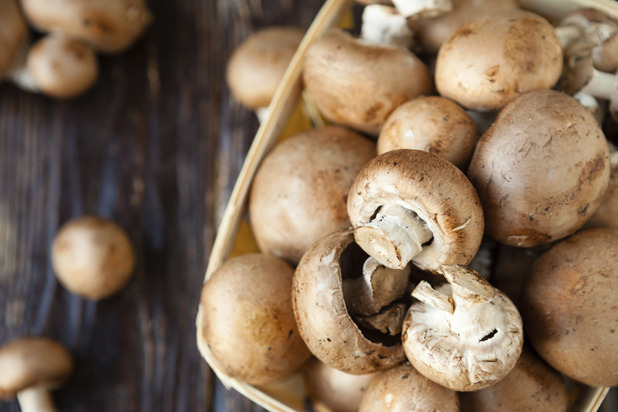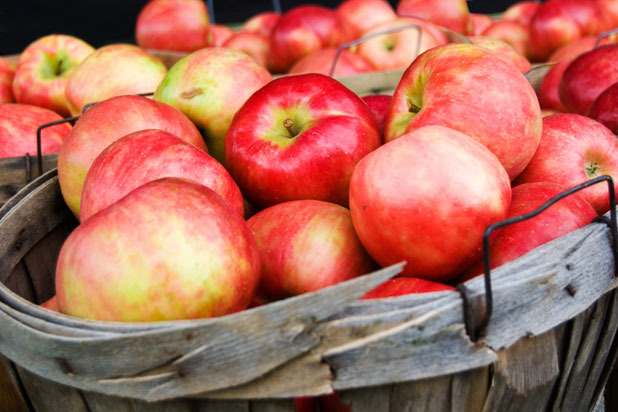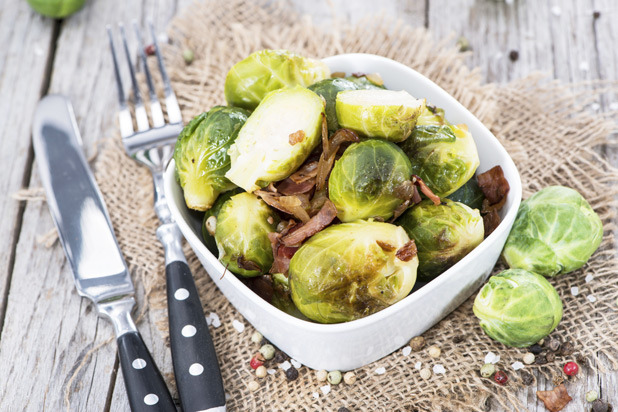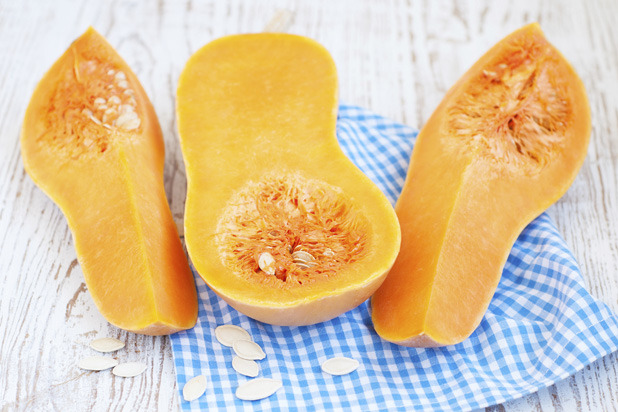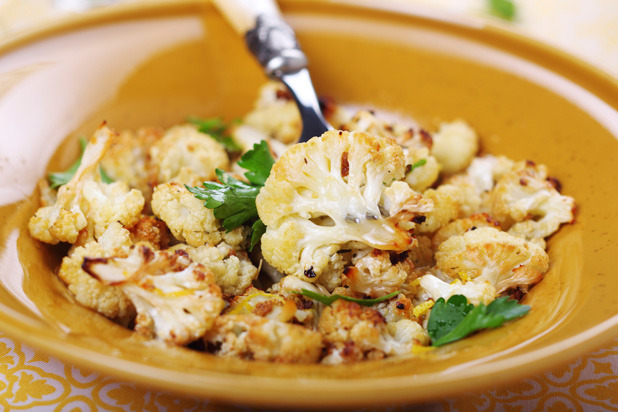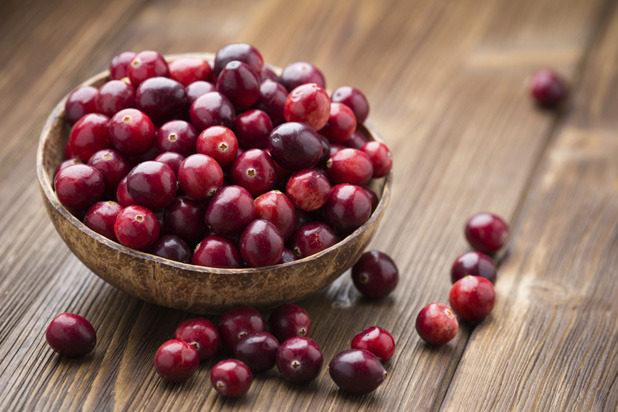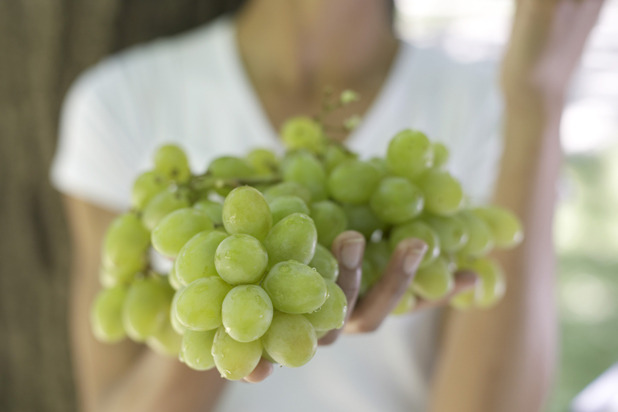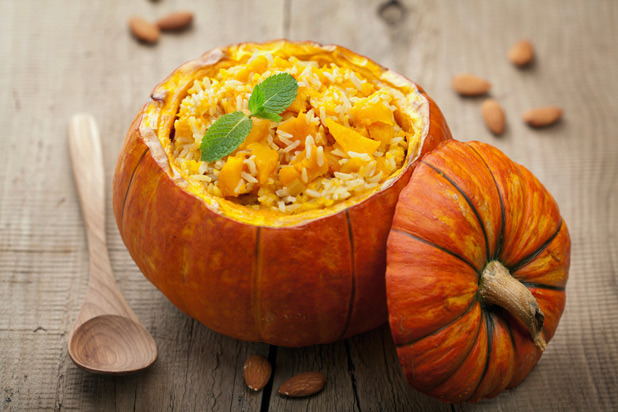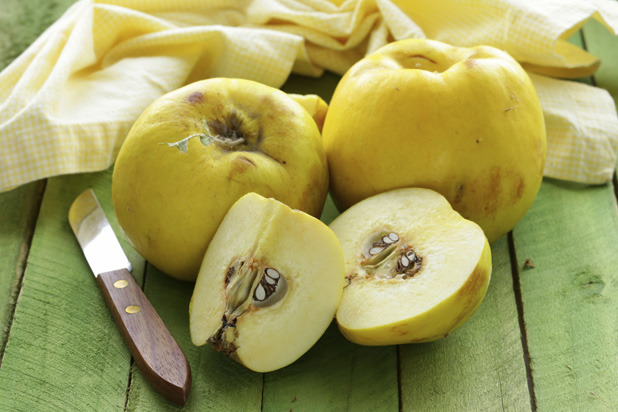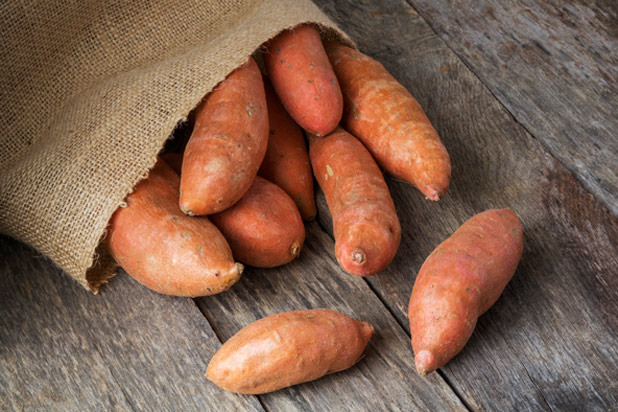Seasonal Superfoods For Fall
Seasonal Superfoods for Fall
Cold and flu season is upon us, and the best way to stay healthy is to maintain a balanced and nutritious diet. Fall brings loads of local, nutrient-rich foods to markets around the country.
Apples
Not only are they a delicious sweet snack and great to cook with, apples are high in fiber and low in calories (just about 95 per medium apple), and are a good source of vitamin C for immunity support. Click here to see more apple recipes.
Brussels Sprouts
Brussels sprouts are packed with fiber, vitamin C, protein, and iron, making them truly super. Offset the slightly bitter flavor of sprouts with sweet maple syrup dressing and bacon. Click here to see more Brussels sprouts recipes.
Butternut Squash
Butternut squash's bright orange flesh is full of carotenoids, which are converted in the body to vitamin A, making for healthier skin and eyes. Click here to see more butternut squash recipes.
Cauliflower
Cauliflower is in the same superfood family as cabbage, kale, and Brussels sprouts. It's loaded with vitamins C and K, which help immune functions and blood clotting, respectively. Turn cauliflower into cauliflower "steaks" for a meatless meal, or sub it in for half of the potatoes when making mashed potatoes. Click here to see more cauliflower recipes.
Cranberries
Although cranberry juice is best known as a natural way to prevent (not cure!) urinary tract infections, cranberries are also high in antioxidants and vitamin C, and promote overall dental health. Click here to see more cranberry recipes.
Grapes
Small in size, but big in nutrients, grapes are a good source of vitamins C and K. They also contain vitamin B6, which keeps you energized and maintains healthy skin and hair. Click here to see more grape recipes.
Mushrooms
Mushrooms are low in calories (one cup of chopped raw mushrooms is about 15 calories) but have crazy-good benefits. These fungi contain antioxidants, selenium, and vitamin D, which are all thought to inhibit the growth of cancer cells. Click here to see more mushroom recipes.
Pumpkin
Much like butternut squash, pumpkin is packed with beta-carotene, which is converted to vitamin A in the body and helps maintain skin and eye health. It's also low-calorie and full of fiber, which helps keep you full. Click here to see more pumpkin recipes.
Quince
Although not the most popular fruit at the market currently, quince is an ancient fruit that looks like a mix between a pear and an apple (it's often thought to be the forbidden fruit in the Garden of Eden). Quince has traditionally been used to soothe upset stomachs, and is also rich in potassium and fiber, which promote healthy functioning in muscles and digestive health, respectively. Click here to see more quince recipes.
Sweet Potatoes
Replace your standard russet or white potatoes with sweet potatoes for a kick of antioxidants, potassium, iron, and vitamins A and C. Click here to see more sweet potato recipes.
